Human EphB6/Eph Receptor B6 ELISA Kit
$299.00 – $419.00
ELISA Kit Detail Information
| Related Target | |
|---|---|
| Species | human |
| Sample Type | Serum, plasma, cell culture supernatant, and other biological samples |
| Sample Volume | 10 μL |
| Sensitivity | 2.08 pg/mL |
| Array Range | 31.25 pg/mL – 2000 pg/mL |
| Assay Time | 3.5 h |
| Recovery | 93% – 103% |
| Average Recovery | 97% |
| Intra Precision | 2.2% – 2.7% |
| Inter Precision | 1.9% – 3.3% |
| Plate | Detachable 96-well plate |
| Storage | If the reagent kit is unopened, it should be stored at 4℃. However, if it has been opened, the standard solution should be stored at -20℃, while the other components should be stored at 4℃. |
| Delivery | 4℃ blue ice transportation |
| Components | 96-well polystyrene enzyme-linked immunosorbent assay (ELISA) plate coated with anti-EphB6/Eph Receptor B6 monoclonal antibody Human EphB6/Eph Receptor B6 freeze-dried standard EphB6/Eph Receptor B6 detect Antibody Standard Diluent HRP-labeled streptavidin Signal enhancer concentrate Signal enhancer diluent Assay Buffer(10×) Substrate TMB Stop Solution Washing Buffer(20×) Sealing Film |
| Assay Principle | This kit utilizes the double antibody sandwich enzyme-linked immunosorbent assay (ELISA) detection technique.Specific anti-human EphB6 antibodies are precoated on a high-affinity ELISA plate. Standard samples, test samples, and the detection antibody labeled with horseradish peroxidase are added to the wells of the ELISA plate. After incubation, EphB6 present in the samples binds to the solid-phase antibody and the detection antibody. After washing, a colorimetric substrate, TMB, is added and the plate is incubated in the dark for color development. The intensity of the color reaction is directly proportional to the concentration of EphB6 in the samples.A stop solution is added to terminate the reaction, and the absorbance value is measured at a wavelength of 450 nm (with a reference wavelength range of 570-630 nm). |
Related Targets
EPHB6
EPHB6 Target Infomation Overview
- Target Symbol: EPHB6, EPH receptor B6
- Gene Groups: Sterile alpha motif domain containing; EPH receptors
- Alias: HEP
- Alias Names: EphB6
EPHB6, EPH receptor B6 Target Infomation by Species
- Human
- Mouse
- Rat
Human EPHB6 Target Information
- Target Symbol: EPHB6, EPH receptor B6
- Alias:
- ephrin type-B receptor 6
- HEP
- human kinase-defective Eph-family receptor protein
- MGC129910
- MGC129911
- tyrosine-protein kinase-defective receptor EPH-6
- NCBI_Gene: 2051
- UniProtKB: O15197
Human EPHB6 Predicted Functions
Predicted to enable transmembrane-ephrin receptor activity. Predicted to be involved in axonogenesis; positive regulation of kinase activity; and transmembrane receptor protein tyrosine kinase signaling pathway. Predicted to act upstream of or within several processes, including activated T cell proliferation; positive regulation of T cell costimulation; and type IV hypersensitivity. Predicted to be located in cytosol; extracellular region; and plasma membrane. Predicted to be part of receptor complex. Predicted to be active in neuron projection. Predicted to be integral component of plasma membrane.
Mouse Ephb6 Target Information
- Target Symbol: Ephb6, Eph receptor B6
- Alias:
- Cekl
- chicken eph/elk receptor-like protein
- Mep
- NCBI_Gene: 13848
Mouse Ephb6 Predicted Functions
Predicted to enable transmembrane-ephrin receptor activity. Acts upstream of or within several processes, including activated T cell proliferation; positive regulation of T cell costimulation; and type IV hypersensitivity. Located in cell surface. Is expressed in several structures, including alimentary system; central nervous system; integumental system; intraembryonic coelom; and sensory organ. Orthologous to human EPHB6 (EPH receptor B6).
Rat Ephb6 Target Information
- Target Symbol: Ephb6, Eph receptor B6
- Alias:
- ephrin type-B receptor 6
- LOC102554290
- LOC312275
- serine/arginine repetitive matrix protein 2-like
- tyrosine-protein kinase-defective receptor EPH-6
- NCBI_Gene: 312275
- UniProtKB: P0C0K7
Rat Ephb6 Predicted Functions
Predicted to enable transmembrane-ephrin receptor activity. Predicted to be involved in axonogenesis; positive regulation of kinase activity; and transmembrane receptor protein tyrosine kinase signaling pathway. Predicted to act upstream of or within several processes, including activated T cell proliferation; positive regulation of T cell costimulation; and type IV hypersensitivity. Predicted to be located in cell surface. Predicted to be part of receptor complex. Predicted to be active in neuron projection. Predicted to be integral component of plasma membrane. Orthologous to human EPHB6 (EPH receptor B6).

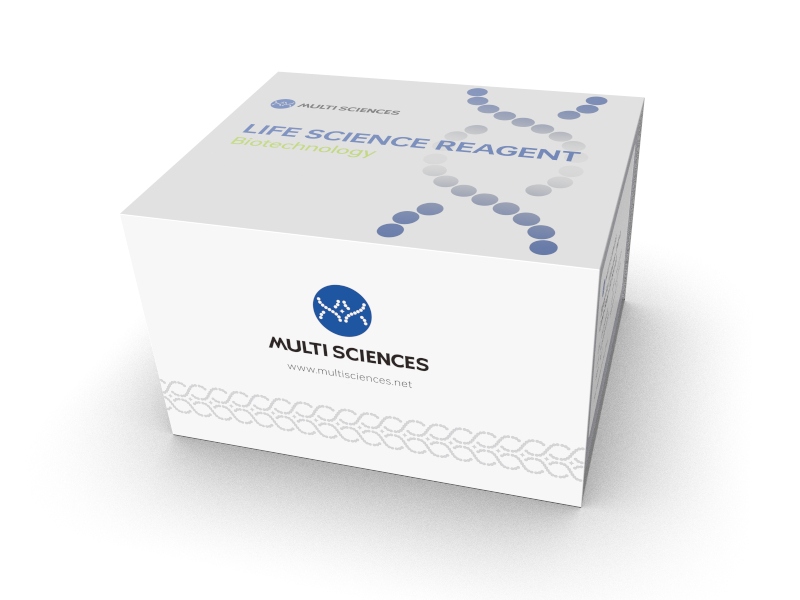
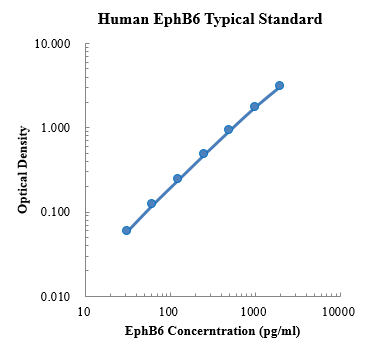
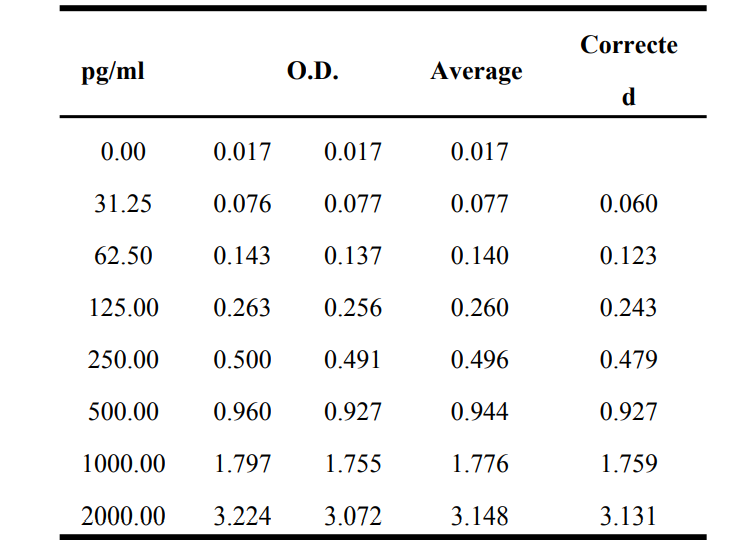

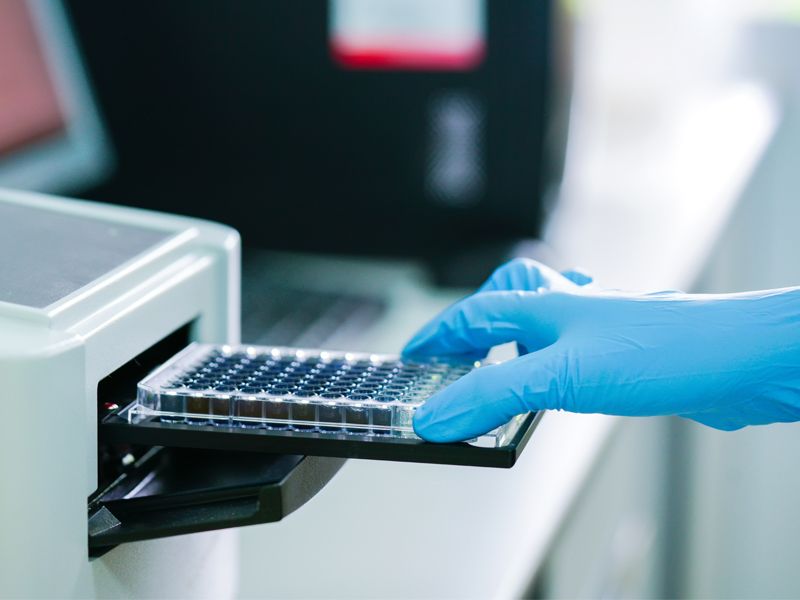
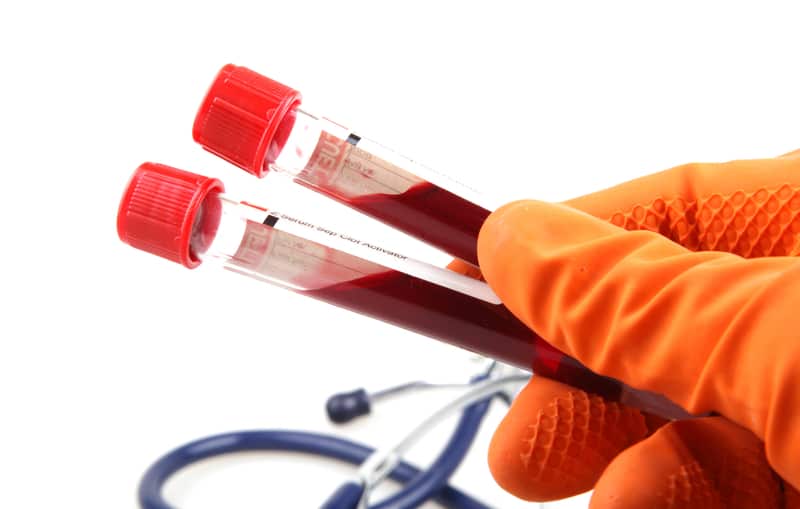
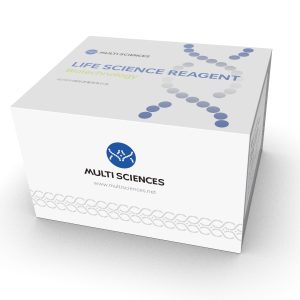
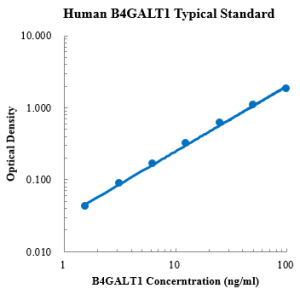
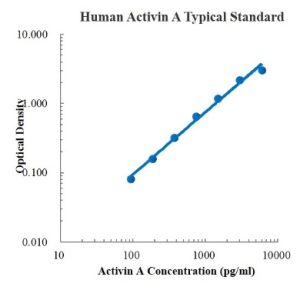
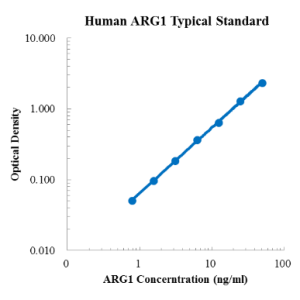
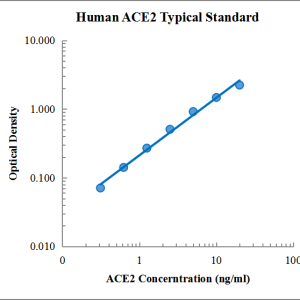
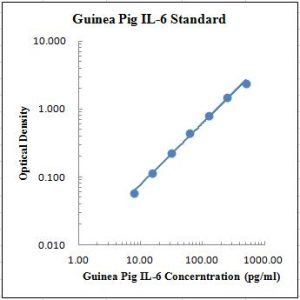
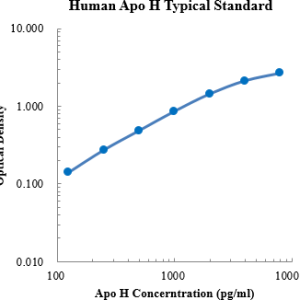
Reviews
There are no reviews yet.